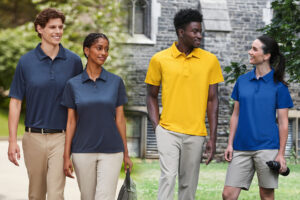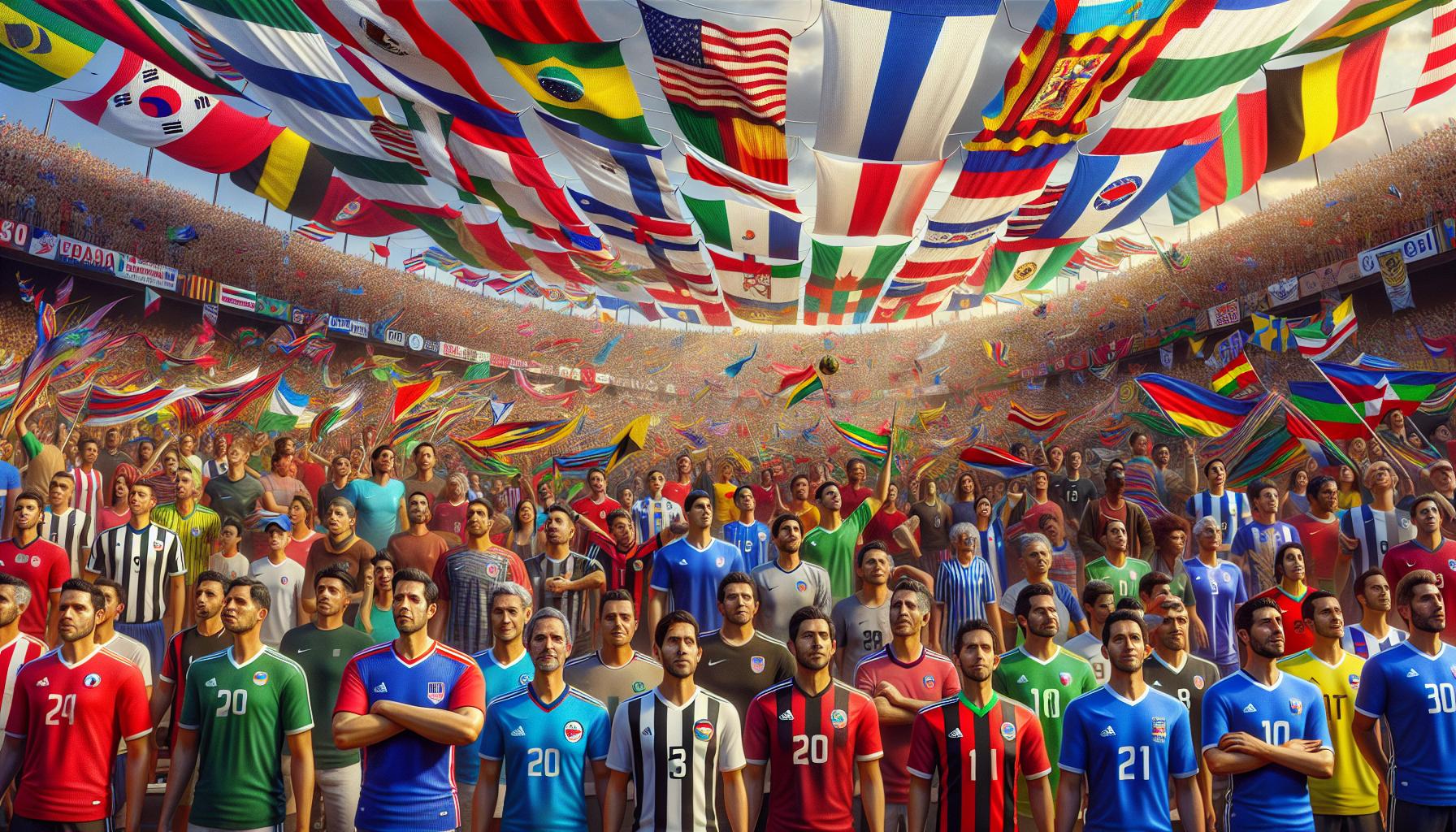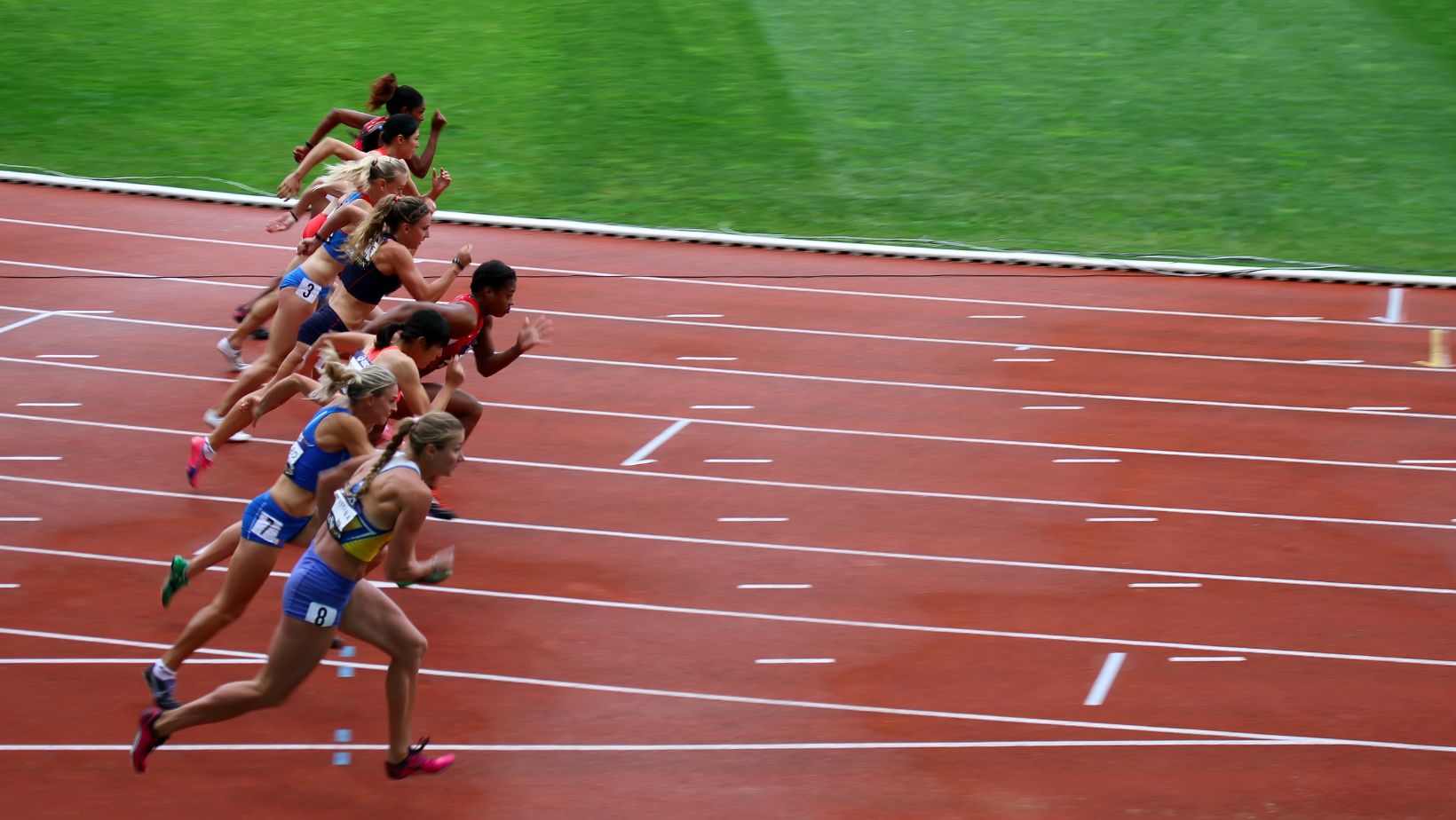gatorgross.com
Embark on an adrenaline-fueled journey into the heart of extreme sports where every leap, every twist, and every moment defies gravity and pushes the boundaries of human capability. Brace yourself for a world where fear is conquered, limits are shattered, and the only rule is to chase the rush of pure exhilaration
Chronicles of Triumph: Navigating the Vast Waters of Sports History!
In the annals of human achievement, sports history stands as a testament to the enduring spirit of competition and the relentless pursuit of excellence. From ancient civilizations to modern-day arenas, it weaves a tapestry of triumphs, setbacks, and remarkable feats that have captured the imagination of generations. Delve into this rich narrative, where the stories of athletes, teams, and events intertwine to illuminate the indomitable power of the human will and the profound impact of sports on society.
Dive into the Pulse-Pounding World of Extreme Sports, Unearth the Unexpected in Unusual Sports, and Unravel the Rich Tapestry of Sports History!
Featured Skills
Unearth the Unconventional: Exploring Unusual Sports!
Connect with Us: Let's Start the Conversation!
Get in touch with us today to embark on your journey into the world of extreme sports, unusual sports, and sports history. Our team is here to answer your questions, provide support, and guide you through an unforgettable experience.













































